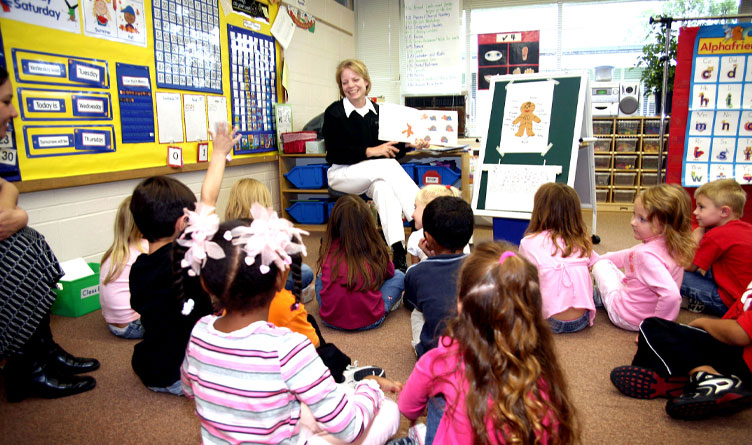Photo Credit: Public Domain
The Center Square [By Jon Styf] –
The mix between state and local funding for Tennessee’s public schools has remained consistent since the current funding model was implemented in 1998, a new report from the Sycamore Institute shows.
The Sycamore Institute, a nonprofit policy organization, has been collecting data for informational purposes as Gov. Bill Lee, the Tennessee Department of Education and a set of subcommittees have been part of a process to revamp the state’s K-12 school funding model, also known as the Basic Education Program (BEP).
State and local spending on K-12 schools has grown by about 1.4% a year since 1998 after being adjusted for inflation, according to the report.
“We know that one of the central issues is that split between state government and local government in school districts and how schools are funded,” Sycamore Institute Policy Director Mandy Pellegrin said. “So we took available data just to kind of explore the mix of those dollars, state and local, in Tennessee.”
The report showed the percentage of state funding for school districts has risen from 57% in 1992 to 66% in 2020. A big discrepancy over what percentage of state and local funding is required in the BEP also exists.
Franklin Special School District in Williamson County, for example, receives less than 25% of its funding from the state, while the Alamo City School District in Crockett County receives nearly 90% of its funding from the state.
Pellegrin said each district decides how much to fund its schools beyond the allotment in the BEP.
Sycamore Institute’s study found school districts, on average, fund schools at a level of $1,300 per student more than is required by state law. Franklin Special School District, however, funds its schools at a level of $9,000 per student more than required.
“The BEP tries to determine what the fiscal capacity is per county,” Pellegrin said. “The reason that you see places like Alamo being so heavily supported by the state is that it is a district that has a very low fiscal capacity.”
***Click HERE to support Conservative Journalism in Tennessee. We can’t bring you stories like this without your support!***
Another funding example cited in the report was Davidson County, which covered 56% of its BEP calculation in fiscal year 2020 with local taxes, amounting to around $4,800 per student. Union County, however, was required to pay only 9% of its requirement at $700 per student.
Tennessee’s rate of funding from in-state sources at around the national average at 54%, according to data from the National Center for Education Statistics.
“I think it’s fair to say that there’s a fairly common perception that the state has been contributing less over time and districts have been taking up more of the tab over time,” Sycamore Institute Director of External Affairs Brian Straessle said. “But that kind of turns out not to be the case.”
Pellegrin believes Lee will unveil a new education funding plan in early 2022 as the next fiscal year budget is discussed.

About the Author: Jon Styf, The Center Square Staff Reporter – Jon Styf is an award-winning editor and reporter who has worked in Illinois, Texas, Wisconsin, Florida and Michigan in local newsrooms over the past 20 years, working for Shaw Media, Hearst and several other companies. Follow Jon on Twitter @JonStyf.





One Response
Hog was is what I think about the additional laws for abortion. It’s all about keeping their job.
If you didn’t know what you were voting for it time you people start reading the bills and asking questions.
Sick of all of you. You should all be replaced.